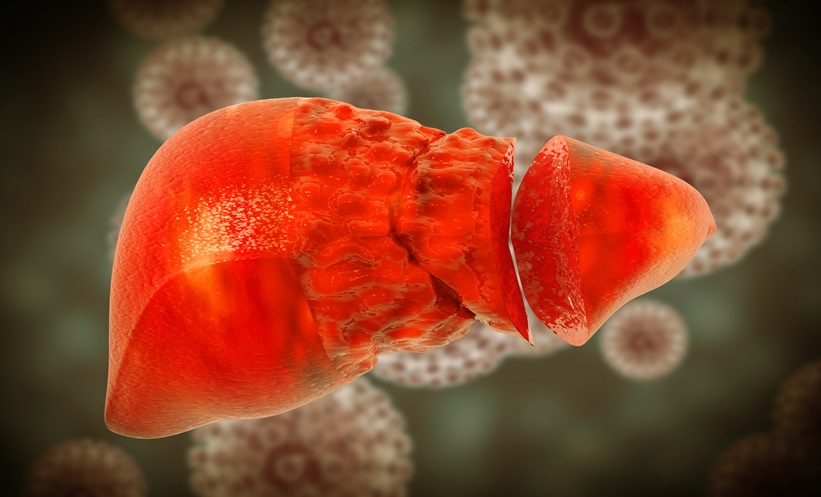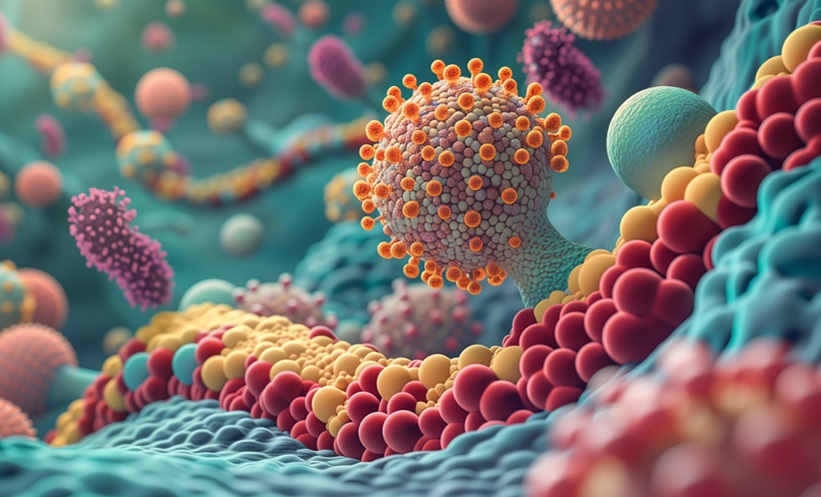The clinical application of hepatocyte transplants to treat patients with liver disease extends back to the early 1990s. Hepatocyte transplants are conducted for three general purposes. One is to extend the life of a patient listed for an orthotopic liver transplant (OLT) but who, because of deteriorating conditions, is expected to die while on the waiting list. Hepatocyte transplants provide temporary liver function to ‘bridge’ and sustain the person for up to several days, which provides time for a suitable organ to be identified and transplanted. A second group of patients are a subset of the first. Some patients with acute liver failure have received what was intended to be a bridging hepatocyte transplant, yet following the cellular therapy the acute liver failure reversed, and the patient no longer required an OLT. The third and most common current use of a hepatocyte transplant is to correct monogenetic liver diseases that would otherwise require an OLT. In these cases, the cellular therapy is intended to support the one critical liver function that is missing in the patient while the patient’s native liver supports all other liver functions. Although results in preclinical studies with small animal models of monogenetic liver defects have been quite successful, hepatocyte transplants in patients have shown consistent but low-level support of the missing liver function, and the hepatocytes appear to show metabolic activity ranging from 0.5–2 years post-transplant in most published studies. The reasons for the loss of function are unknown but may be related to the senescence of the donor cells and/or the rejection of the cell graft.
In the preclinical studies, the hepatocytes are sustained (but usually for <1 year) through the use of preconditioning treatments to the recipient liver that inhibit the growth of the native liver or otherwise offer a growth stimulus to the donor cells. This allows donor cells to proliferate and form large colonies of cells in the recipient liver. It is likely that colonies of donor cells are sustained and renew themselves in the recipient, while cells that engraft and remain as single cells or small clusters fail to proliferate and either senesce or are more readily rejected. Most preclinical conditioning regimens are considered too toxic for use on patients. Two preconditioning treatments that are considered safe enough for clinical trials are surgical liver resection or low-dose radiation of a portion of the liver prior to the hepatocyte transplant. Liver resection should induce a regeneration response in the remnant liver, including donor cells, while liver radiation should limit the growth of native hepatocytes in the irradiated area, which will provide a growth advantage to the donor cells.
Two recent reports have addressed the problem of preconditioning and also investigated the immune response to the transplants. Jorns et al.1 reported that surgical resection of segments 2 and 3 was safe and that the metabolic activity provided by the donor hepatocytes was perhaps better than expected from the transplantation of that number of cells. Two patients with Crigler–Najjar syndrome Type 1 underwent partial hepatectomy immediately before hepatocyte infusion. Both patients showed a 50% decrease in total serum bilirubin, and graft function was confirmed by detection of bilirubin diglucuronides in duodenal bile. The presence of donor hepatocytes was confirmed in a liver biopsy 4 months after transplantation. However, long-term graft loss occurred in both patients after transplantation associated with detection of de novo donor specific human leukocyte antigen antibodies, suggesting that the graft was rejected. Diagnosis of rejection is particularly difficult in clinical hepatocyte transplantation, as no suitable marker of graft function nor marker for graft rejection currently exists. Repeated liver biopsies are not applicable due to sampling error and risk of complications.
Soltys et al.2 reported that 10 Gy irradiation of ≤35% of the liver of non-human primates resulted in the repopulation of the liver with ≤15% donor hepatocytes. A similar irradiation protocol prior to hepatocyte transplant in an adult patient with phenylketonuria was found to be effective in reducing blood phenylalanine levels ≤200 days post-transplant. Two patients aged 4 and 7 months with urea cycle defects received 5 or 7.5 Gy, respectively, prior to the hepatocyte transplant. Both showed a minimal therapeutic response posttransplant, and both showed a rejection response within 75 days of the transplants.
In summary, two new preconditioning protocols, surgical liver resection and liver irradiation, have been introduced into clinical hepatocyte transplant trials. Both were deemed to be safe. In three of the five reported cases the authors reported that the correction of the enzymatic defect seemed to be greater than might be expected from the number of cells transplanted and that additional studies will be needed to fully assess efficacy. Both studies confirmed the recipient to the donor cells initiated an immunological response. Additional studies will be needed to determine if the immune response is related to the loss of cell graft function.








